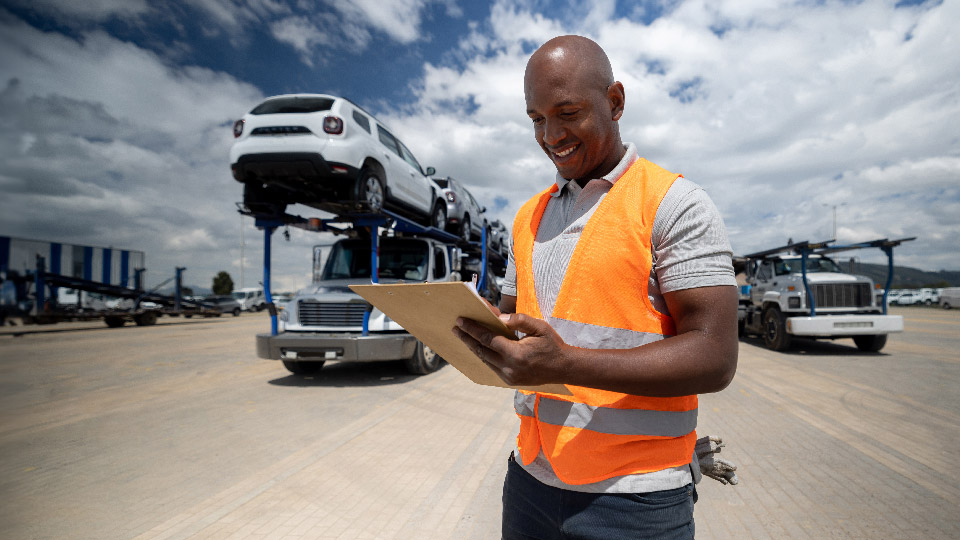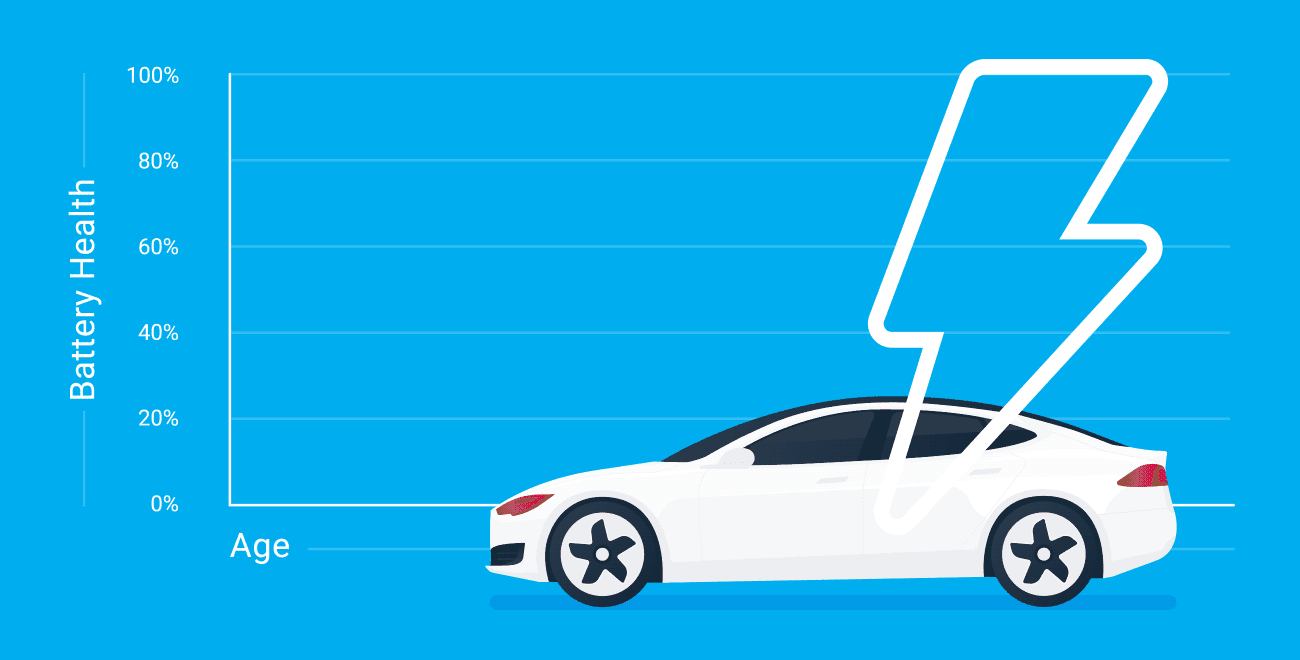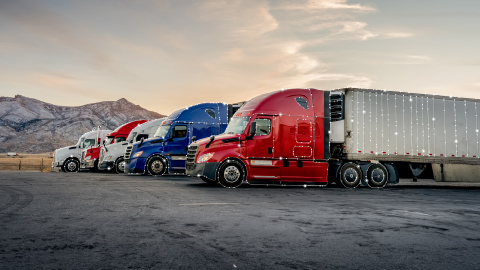
Is your fleet ready for big data & advanced analytics?
Last updated on March 8, 2023 in Fleet Management by Phil Simon | 3 minute read
Geotab interviews technology author Phil Simon about big data. Find out if advanced analytics is right for your fleet. Learn his top tip for success.
Big data and advanced analytics are helping companies obtain greater insight from their business systems. The opportunities for leveraging data are endless. However, companies should be cautious in deciding if and how to set up a big data program. In previous posts, we explored “What is Big Data?” and how to get started. In this interview, Geotab asks technology author Phil Simon some key questions about starting up a Big Data project.
Phil Simon is a recognized technology authority and an award-winning author of seven management books, most recently Message Not Received. He consults organizations on matters related to communications, strategy, data, and technology. His contributions have been featured on The Harvard Business Review, CNN, Wired, NBC, CNBC, Inc. Magazine, BusinessWeek, Quartz, The Huffington Post, The New York Times, Fox News, and many other sites.
GEOTAB: What is your definition of big data?
PHIL SIMON: Put simply, the term big data represents the vast quantities of largely unstructured information streaming at us faster than ever. It’s comprised of tweets, emails, blog posts, sensor data, satellite images, and many more things.
Perhaps it’s best understood against its antithesis: structured data. Spreadsheets, lists of paychecks, sales, employees, and other transactions are neat and orderly that integrate easily with Microsoft Excel. Big data is organized differently, as such, requires new tools to be stored, analyzed, and understood.
GEOTAB: How can an organization determine if big data and advanced analytics are right for them?
PHIL SIMON: There are no magic checklists, but I always start by asking simple question: Can you tell me about a time in which the organization made a key business decision based on data?
If a Chief Experience Officer cannot provide a simple answer to that query, then it’s unlikely that the organization’s culture has embraced data-driven thinking. And make no mistake: success with big data is as much about people and culture as it is about technology and the number of petabytes of information that it stores. “Data” and “technology” don’t make decisions. People do.
Look at Amazon, Netflix, Facebook, and Google. These organizations excel at big data for many reasons—not the least of which is that they have embraced cultures of analytics. At these über–successful companies, data-based decisions are the rule, not the exception.
GEOTAB: What resources are needed to work with big data?
PHIL SIMON: Employees can only do so much with Small Data tools such as relational databases, SQL statements, and traditional business-intelligence dashboards. As I write in The Visual Organization, employees need access to better data-visualization tools.
They need to embrace a mind-set of data discovery and exploration. This means not having to submit report requests to the IT department ad nauseum.
Contrary to what many people believe, hiring a proper data scientist is no elixir. I advise hiring employees who enjoy learning new things and change their minds when presented with information that contradicts their preconceived notions. There’s a reason that a common Google interview question is, “Can you tell me about a time that you changed your mind?”
GEOTAB: What is your top tip for success with analytics and big data?
PHIL SIMON: First, realize that no organization goes from “zero to Google” overnight. It takes time to build an organization’s proficiency with big data. Google (a.k.a. Alphabet) can do things now that it couldn’t possibly do back in 1998.
Second, there’s no one right way to “do” big Data. In fact, there are different methodologies and philosophies of organizing a big Data project. The project can be led by a specific business unit, by a team, or by an entirely independent group. Along these lines, you don’t have to do everything in-house. It’s increasingly common to “rent” data scientists via sites such as Kaggle.
GEOTAB: What is the biggest mistake that companies make when starting up a Big-Data project?
PHIL SIMON: They think of them as traditional IT “projects.” This is almost always a recipe for disaster. Rather, it’s best to think of big data is a marathon, not a sprint. An organization is never finished with big sata. That’s one of the most common myths around Big
Data: there is a finish line. There isn’t. Act accordingly.
Next: Study up on your big data/analytics vocabulary by reading our post: Big Data Glossary: 50+ Terms Defined.
Related:
What’s the Big Deal with Big Data?
6 Steps for Data Cleaning and Why it Matters
Everything You Need to Know About data.geotab.com
“What the Internet of Things and Big Data Mean for Car Safety: An Interview with Neil Cawse,” by Phil Simon, Huffpost Business
If you liked this post, let us know!
Disclaimer
Geotab's blog posts are intended to provide information and encourage discussion on topics of interest to the telematics community at large. Geotab is not providing technical, professional or legal advice through these blog posts. While every effort has been made to ensure the information in this blog post is timely and accurate, errors and omissions may occur, and the information presented here may become out-of-date with the passage of time.
Get industry tips and insights
Sign up for monthly news and tips from our award-winning fleet management blog. You can unsubscribe at any time.
Republish this article for free
Other posts you might like

Identifying the Best GPS Tracking Devices for Your Fleet: A Comprehensive Guide
May 31, 2024

How long do electric car batteries last? What 6,300 electric vehicles tell us about EV battery life
May 16, 2024

Four key trends shaping the future of the transportation industry
May 9, 2024

In the Driver’s Seat: Mike Branch’s Insights from Geotab’s State of Commercial Transportation Report
May 9, 2024






